
Is Spam cheap?
The NYTimes article highlighting the recent upswing in Spam sales is old news.
But, it got me thinking.
Do economic downturns necessarily mean that everyone has to eat Spam because it’s the cheapest option?
Here’s the short answer: no!
First, let’s point out that Spam is not cheap. It’s $3.49 per 12oz. can, or $4.67 per pound!
I get my chicken whole for $2.50/lb from a local farmer.
I buy a side of beef every spring for $2.69/lb from a local rancher. After it’s processed, it comes to around $3.15/lb. This is a full side of beef, so ground beef, roasts, hefty ribs, and even juicy 16 oz. rib-eye steaks all cost a measly $3.15/lb. And, I get organ meats, soup bones, and all sorts of nutrient dense extras for absolutely no extra cost!
Plus, these are pastured animals, raised without antibiotics or hormones.
So, Spam is not cheap.
People have long argued that eating Real Food costs more money, so how are you supposed to eat well when budgets are tight?
Thinking about it, I realize it’s not all that hard. In fact, if you rely a lot on packaged foods or convenience foods like salsas and salad dressings, eating Real Food can actually save you money!
For $80/week, I feed a family of three adults (assuming the combined diets of my two sons equals an average adult’s) Real Food without growing or raising any of it at home. (I hope to change this in the near future, but let’s work with what I’ve got.)
Here’s how I do it.
1) I prepare our own meals. Eating out is a luxury. And contrary to what KFC claimed in their infamous $10 Challenge commercial, it really is cheaper to cook your own food at home.
2) I buy in bulk, and directly from local farmers when possible. I pick up bulk grains and beans and natural sweeteners from my local grocery store, and I also plan large once-a-year purchases of pastured beef and poultry.
3) I eat fewer animal products. While I believe they’re far healthier for me than the diet dictocrats would have us believe, I’m also a vegan for about 40% of the year thanks to my religious principles (Orthodox Christian). And, even when I’m not keeping a vegan fast due to pregnancy or breastfeeding, we still only average about 2.67 lbs of meat per week over the course of the year. The trick here is to make meat only a part of the meal, rather than the centerpiece. Instead of serving one chicken breast per person with some sides, we’ll cut up the chicken and put it in a casserole or soup.
4) I don’t waste food. We save up unused vegetable parts and uneaten leftovers to make hearty broths and soups each week, use chicken guts to make gravy, use the carcass for a gelatin-rich broth that’s oh-so-good for your joints. This way, I gen generally get four meals out of each chicken!
5) I make my own convenience foods. Breads, salsas, salad dressings, condiments. It’s all healthier and cheaper when you make it at home.
6) I try not to double up on expensive animal proteins in any given meal. This means I rarely pair meat with cheese, eggs with cheese, meat with eggs, and the like unless I’m cooking up something special. I save lasagna and quiche for when I have company.
 |






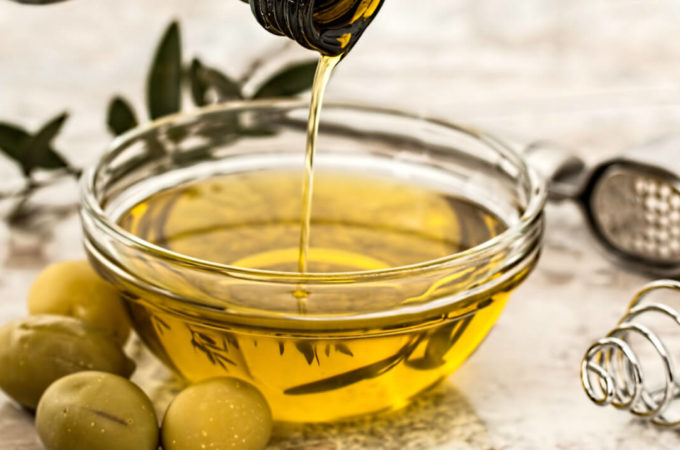
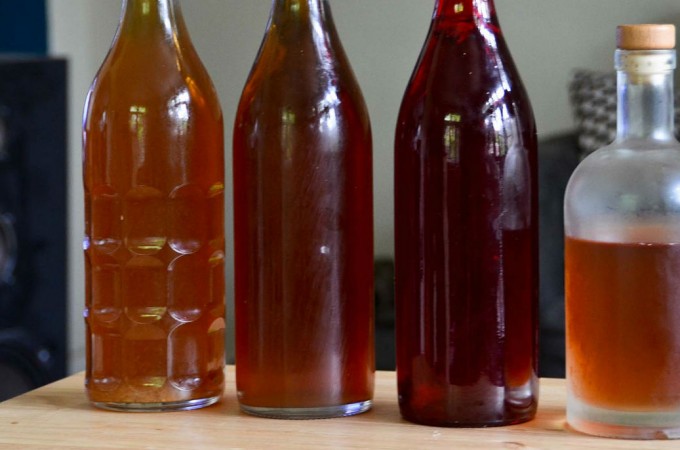


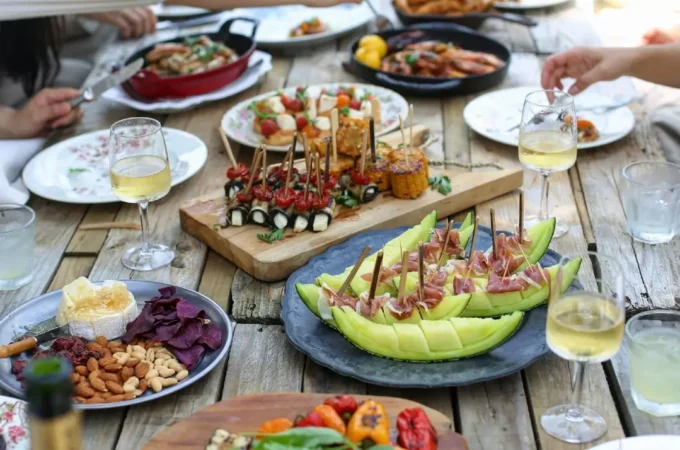
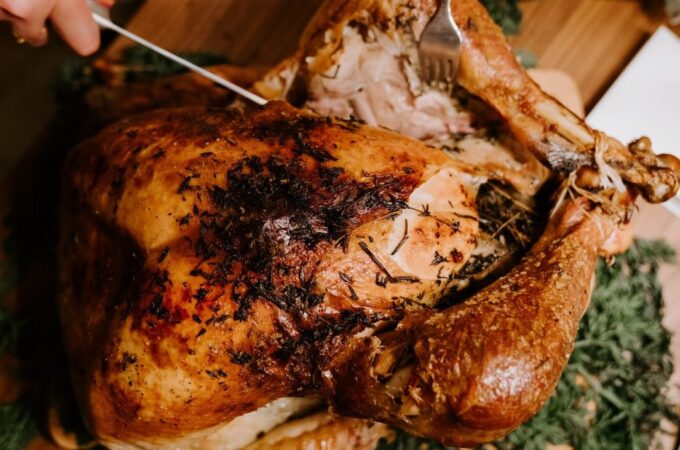


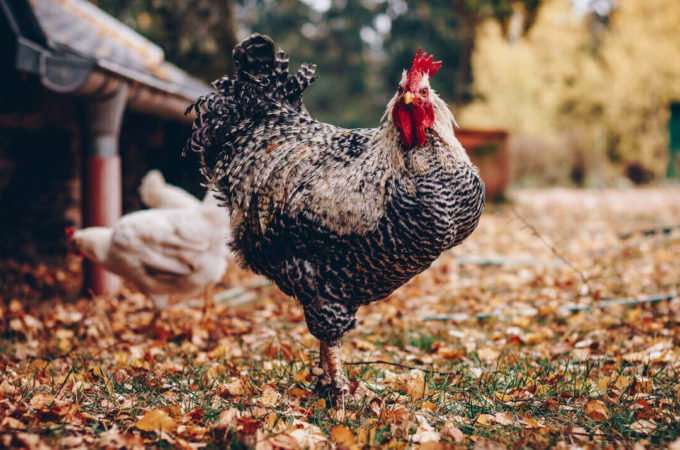

I was just thinking “Spam is expensive!” Everyone was buying it when we had power outages after winds from the hurricane.
My dad’s grocery bill is always high for one person because it is almost all PROCESSED food.
Once I started eating real food, it ended up being cheaper in the long run. Cooking roasts and other cuts means that you get leftovers for lunch so there’s no need to run out an pick something up. Even when you use more expensive cuts like ribeye, it’s still a lot cheaper to cook potatoes and veggies with it than boxed stuff.
You don’t even have to go to the dietician’s favorite budget cutter “beans and rice.” Sure you can feed a lot of people with a pot of beans, but you can also get decent prices on fresh produce if you shop right (trying ethnic groceries too, like Mexican tiendas who always have the BEST prices on produce) and don’t buy everything pre-cut or pre-cleaned. Using whole chickens or legs or thighs is also a money saver. And as you said, you get a lot of bang for buck if you use the whole animal and make broths and soups with bones.
The downside is that you do have to fix fresh foods. They won’t sit in the cupboard for a few years and still be good to eat.
TrailGrrl
I did spend less eating SAD than in my first several months eating real food. 80% less, to be exact. But, in that first month I switched over completely, throwing away all my white flour, cheap salt, pasteurized milk, and putting all the shelf-stable prepared foods I’d already bought in emergency storage. Once I lay in all the whole grains I need and find good sources for bulk items like coconut oil, I imagine my costs will go back to about what they were on SAD.
However, I have noticed that we are eating less nutrient dense food than we ate junk food in quantity. For example, if I make Hamburger Helper, I know to buy two boxes and two pounds of beef to feed us. (There are seven of us: two adults, three teens and two under 12.) If I make a similar skillet meal with pastured meat, fresh herbs instead of dried, raw milk and sprouted grains or beans instead of noodles, I would only cook one pound of meat and make a smaller batch. The food would “hold us over” longer and we wouldn’t be tempted to snack in the evenings. The meal itself would be almost the exact same cost.
I’d like to reduce my food expenses, but all things considered, my priority is nutrient-dense foods first.
Local Nourishment
You are an Orthodox Christian? So am I! How absolutely wonderful to hear! I LOVE your posts! It would be great to offer some Food Renegade Lenten recipes as the Nativity Fats began today! Thank you!
Where do you live that you can get chickens for $2.50 a lb.? Our local farmers charge $6.00 per lb. When I buy a side of beef, it is $4.50 a lb. and after the processing fees ends up somewhere around $6.00 per lb. I haven’t been buying the chickens, but I have been trying to get the beef as much as possible. It is completely grass-fed and far superior to what I can get at a store. I guess it all depends where you live how frugal it is to eat well. We can also get some excellent raw milk for $12.00 a gallon and eggs for $4.00 a dozen. The milk is completely grass-fed and the eggs are from chickens that are pastured. I hope we can continue to afford them, but I am always worried we won’t be.
It takes a certain amount of financial stability to order a whole cow at once. The includes having a large enough freezer and the room to keep it.
And of course, cooking is so hard, and so wasteful when you burn half of it. And you never know how it’s going to taste even if you follow the recipe exactly each time.
Spam is there and quick and reliable. And you’re paying for refrigeration and lots more cooking fuel if you’re buying real food.
Oh, and let’s not forget spoilage.
Does it count as trolling when I admit that all those excuses are pretty stupid? Well, ordering a whole cow can be problematic.
We order half cows from a small-time butcher, but we don’t ask for a life history. We pay about $3 a pound, but advertised grass-fed from a different location is more than twice as much. Whole chickens are less than $2 from the small-time and less than $1 from the grocer, I’m assuming chicken mill.